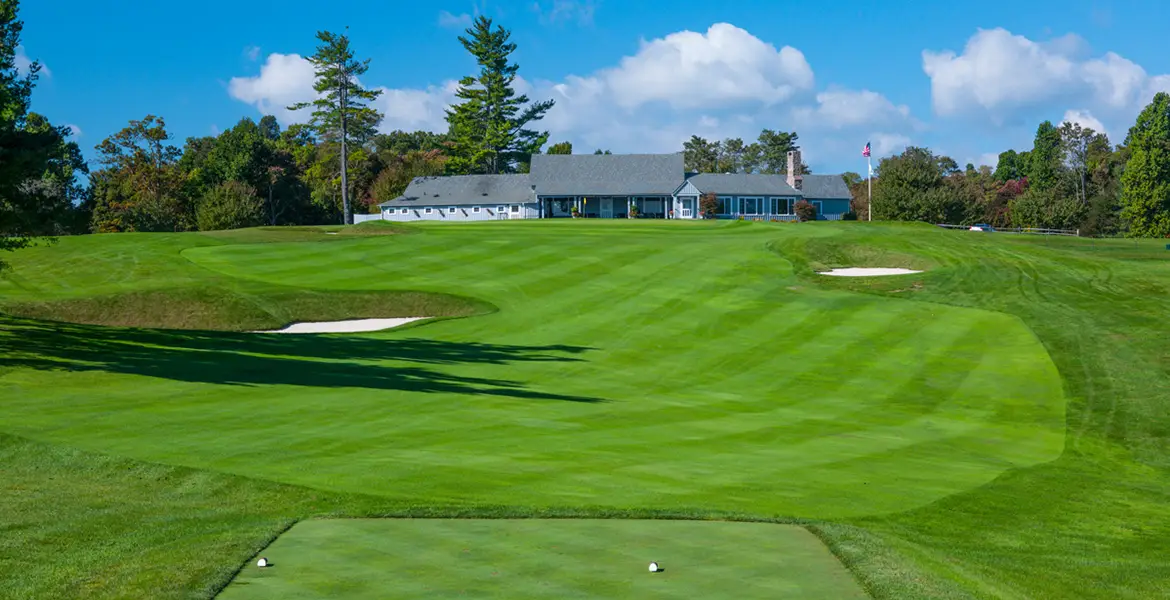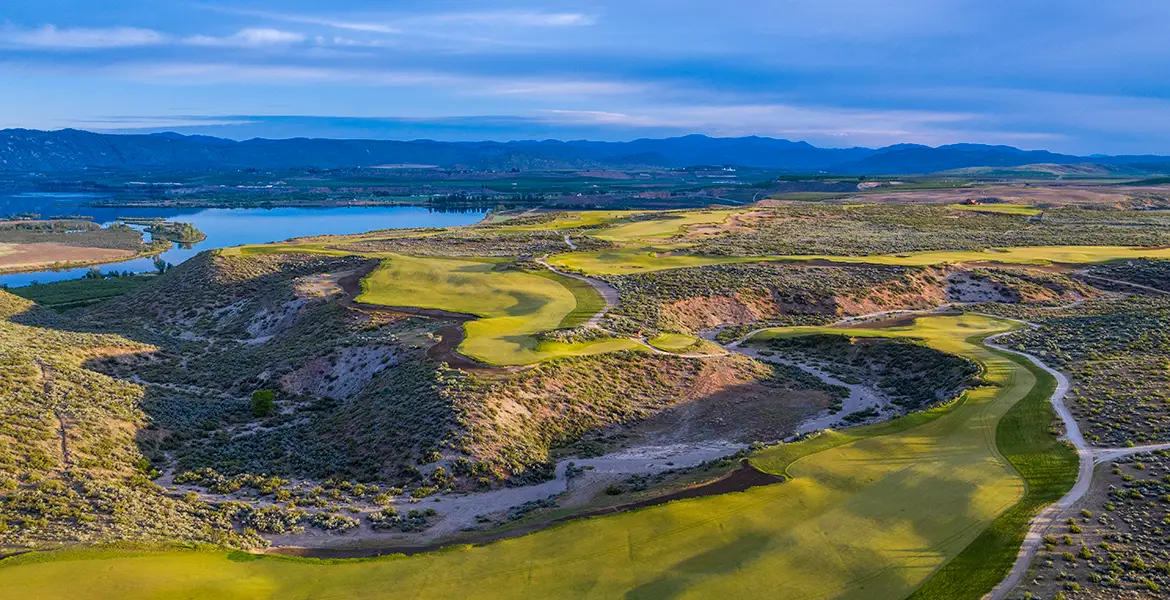He’s not going to make his putt, no one can make this putt,” Floyd family matriarch Maria whispered hurriedly to Raymond and sons Ray and Robert. Still, 10,000 people circling the 18th green of the Ocean Course at Kiawah Island held their breath watching Bernhard Langer draw back his putter for the defining moment of the 1991 Ryder Cup “War by the Shore”. As I crouched next to Maria and NBC’s Bob Trumpy, I could only marvel at the sheer intensity on display from some of sport’s greatest competitors, all for a 17-inch gold trophy and two years of bragging rights.
The players had always appreciated the competitive juice that the Ryder Cup serves up. Hearing the stories from generations of American stars—Gene Sarazen and Byron Nelson, Arnold Palmer and Lanny Wadkins—about the jangly nerves from hitting their first shots in Ryder Cups past, you could tell there was something different about this competition. The question PGA of America CEO Jim Awtrey asked me in 1988 when I started my career at the association was how could we get others to care about the Ryder Cup as much as the players did. So I went to the media capital of the world, New York City, and asked the Fourth Estate.
“Well, we’ll cover it, but we can’t call it the Ryder Cup.” Hard to believe but an associate sports editor for a major daily newspaper actually made that statement in 1989, citing a new editorial policy clamping down on editorial references to commercial sponsors. Yes, Britain’s most famous seed merchant, Samuel Ryder, had been mistaken for an American trucking company’s golf sponsorship. Not to worry. A confluence of events at Kiawah produced a seminal moment that would elevate the Ryder Cup to new heights, forever changing its connection to players, fans, and media.
Central to the story was good, old-fashioned patriotism. Nothing stokes emotion like national pride, and U.S. captain Dave Stockton sensed that in adding a “camo” golf hat to the team uniform in honor of American Armed Forces who’d served in the recent Desert Storm. Add the match-play format, galleries waving American flags, and choruses of God Bless America reverberating around the course and the media quickly dubbed it “The War by the Shore.”
A secondary element to the story was, of course, money. Professional golf was still in its early years of commercial exploitation, which meant the first 60 years of the Ryder Cup relied on funding from the PGA of America. Heck, the Ryder Cup lost money up through 1989. But change was in the air as the Johnnie Walker whisky company had provided underwriting for Team Europe and Landmark Land officials made their case to Awtrey for moving the 1991 match from the September swelter of Palm Springs to their new Pete Dye-designed Ocean Course beside the Atlantic. That decision pleased NBC, making plans for their first Cup telecast, and European broadcasters, who could count on a prime-time finish before midnight in London.
But most important were the human performances of the players on an unforgiving stage in front of a global TV audience. Veteran players Raymond Floyd and Seve Ballesteros partnered with young stars Fred Couples and Jose Maria Olazabal. The Dye-abolical course reduced men to tears (just ask Mark Calcavecchia) and rendered the swashbuckling Lanny Wadkins speechless. A new NBC Sports president, Dick Ebersol, saw something in the human drama unfolding and elected to stay with the Saturday coverage beyond its allotted time to a thrilling conclusion in the dusk. And a rookie European Ryder Cup captain, Bernard Gallacher, placed his faith in a stoic Masters champion to anchor his team on Sunday.
The drama was heightened well before the matches began by a limousine crash on the way to Wednesday’s Gala Dinner, which caused Steve Pate to forfeit his singles match due to injury. A fog delay Saturday morning pushed that day’s final four-balls well past the planned TV window. Coming on the heels of the Gulf War and a recession, NBC had sold few advertising spots and ran the last hour or so on a commercial-free basis. Every Ryder Cup has its drama, but this was riveting. The close-ups of the intensity on the faces of Payne Stewart and Ballesteros combined with the quiet resolve of Couples and Olazabal captivated audiences who may have been tuning in to the local news to catch college football scores…remember, this was a pre-Internet world. That four-ball match ended in a halve on the 18th hole and set up a stirring finish.
On Sunday, I was nervous about the trophy ceremony. European officials had stressed to me for two years how important it was for the closing ceremony to air on television. I’d been told by NBC producer Larry Cirillo that there was no way the network would wait an hour after play to show Vice President Dan Quayle presenting the trophy to the winning captain. So we decided to take the trophy to the match where the Ryder Cup would be decided, the final pairing of veterans Hale Irwin and Langer.
There was a chance Irwin, then 2-up, could clinch the half-point the U.S. needed at the 15th hole, but the more the pressure built, the steadier Langer’s putting stroke became. The cup traveled from 15 to 16 to 17—where Langer made another clutch putt to square his match—and now here we were kneeling among the American team as it came down to a final six-footer for the German anchor man. Thousands of people crammed onto an acre of land, straining for a glimpse of the two final combatants. The cheers that had been deafening a moment earlier fell silent. You could hear the waves breaking on the ocean 100 yards away. The air was thick with tension. Irwin was crouched at the green’s edge, happy that his German opponent had conceded his own testy putt for a bogey five.
Langer drew his putter back and the ball rolled toward the cup, took a peek in, and somehow stayed above ground. Family Floyd hugged in unison, Payne Stewart started spraying champagne, and I tried to help Trumpy fashion a trophy presentation out of the pandemonium that had broken loose. Decorum was shot, we somehow got the trophy in Dave Stockton’s hands, and NBC did an interview.
Stockton was carried to the ocean by his team and the NFL-player-turned-golf-announcer turned to me before leaving and said, “Joe, boy, sometimes you just gotta let it flow. See you down the road.”






